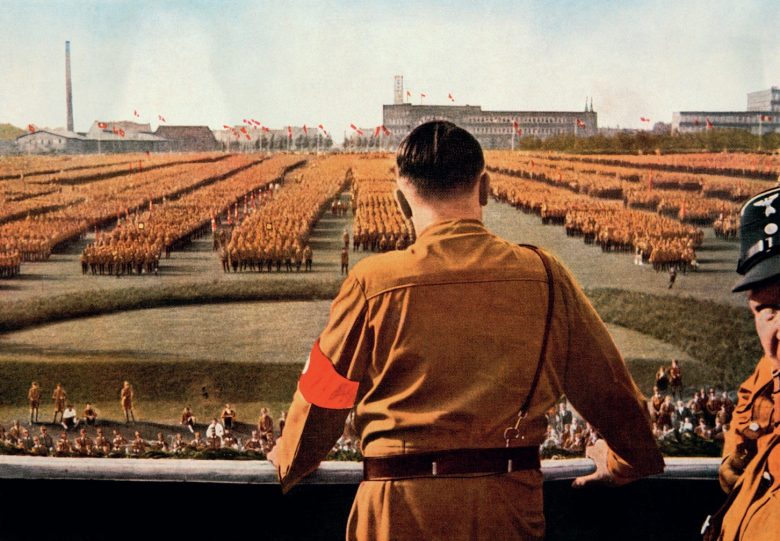
Direct action describes pressure group actions that go beyond the usual constitutional methods of campaigning. Rather than using petitions, letter writing and negotiations to communicate with government, proponents of direct action intervene to exert pressure on government. The aim is to produce policy change, often by attracting media attention and generating public support for the cause.
Forms of direct action include marches, demonstrations and strikes, and more unusual headline-grabbing stunts, such as climbing buildings or running onto a runway. Some direct action is legal, like trade union strikes. Some is illegal nonviolent civil disobedience, such as UK environmental protesters blocking access to fracking sites in 2017. In its most extreme form direct action includes violence and harassment, and even terrorism.
Your organisation does not have access to this article.
Sign up today to give your students the edge they need to achieve their best grades with subject expertise
Subscribe




